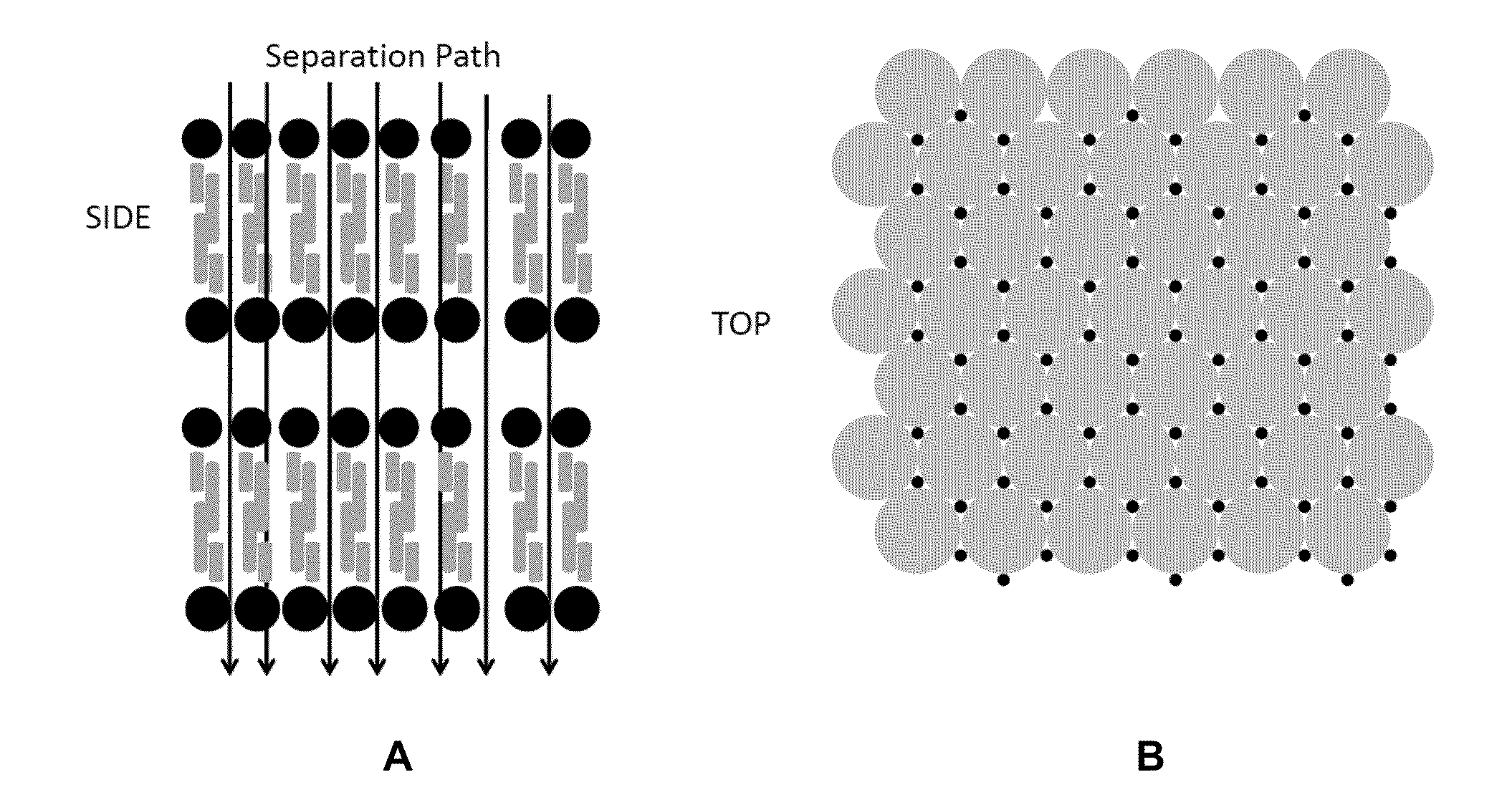Self-Assembled Surfactant Structures
a surfactant and self-assembling technology, applied in the direction of sustainable manufacturing/processing, separation processes, final product manufacturing, etc., can solve the problems of limiting factors, reducing the current efficiency of cells, and limiting membrane crossover
- Summary
- Abstract
- Description
- Claims
- Application Information
AI Technical Summary
Benefits of technology
Problems solved by technology
Method used
Image
Examples
Embodiment Construction
Definitions
[0051]As used throughout the specification and claims, the following terms are defined as follows:
[0052]“Amphiphile” means a molecule with both solvent preferring and solvent excluding domains.
[0053]“Hydrophilic” means water preferring. Hydrophilic compounds and surfaces have high surface tension.
[0054]“Hydrophobic” means water repelling. Hydrophobic compounds and surfaces have low surface tension.
[0055]“Surfactant” means a class of amphiphiles having at least one domain which is hydrophilic and at least one domain which is hydrophobic. Systems that are engineered to work with surfactants can most likely work with all amphiphiles.
[0056]“Phospholipid” means the majority constituent of the cellular membrane. These molecules self assemble into vesicles in water and exist in the dispersed phase in a low surface tension solvent.
[0057]“Lamellar” means comprising multiple layers or bilayers.
[0058]“Mesophase” means a surfactant liquid crystal structure formed by the interactions ...
PUM
| Property | Measurement | Unit |
|---|---|---|
| pore size | aaaaa | aaaaa |
| pore size | aaaaa | aaaaa |
| porosity | aaaaa | aaaaa |
Abstract
Description
Claims
Application Information
 Login to View More
Login to View More - R&D
- Intellectual Property
- Life Sciences
- Materials
- Tech Scout
- Unparalleled Data Quality
- Higher Quality Content
- 60% Fewer Hallucinations
Browse by: Latest US Patents, China's latest patents, Technical Efficacy Thesaurus, Application Domain, Technology Topic, Popular Technical Reports.
© 2025 PatSnap. All rights reserved.Legal|Privacy policy|Modern Slavery Act Transparency Statement|Sitemap|About US| Contact US: help@patsnap.com



